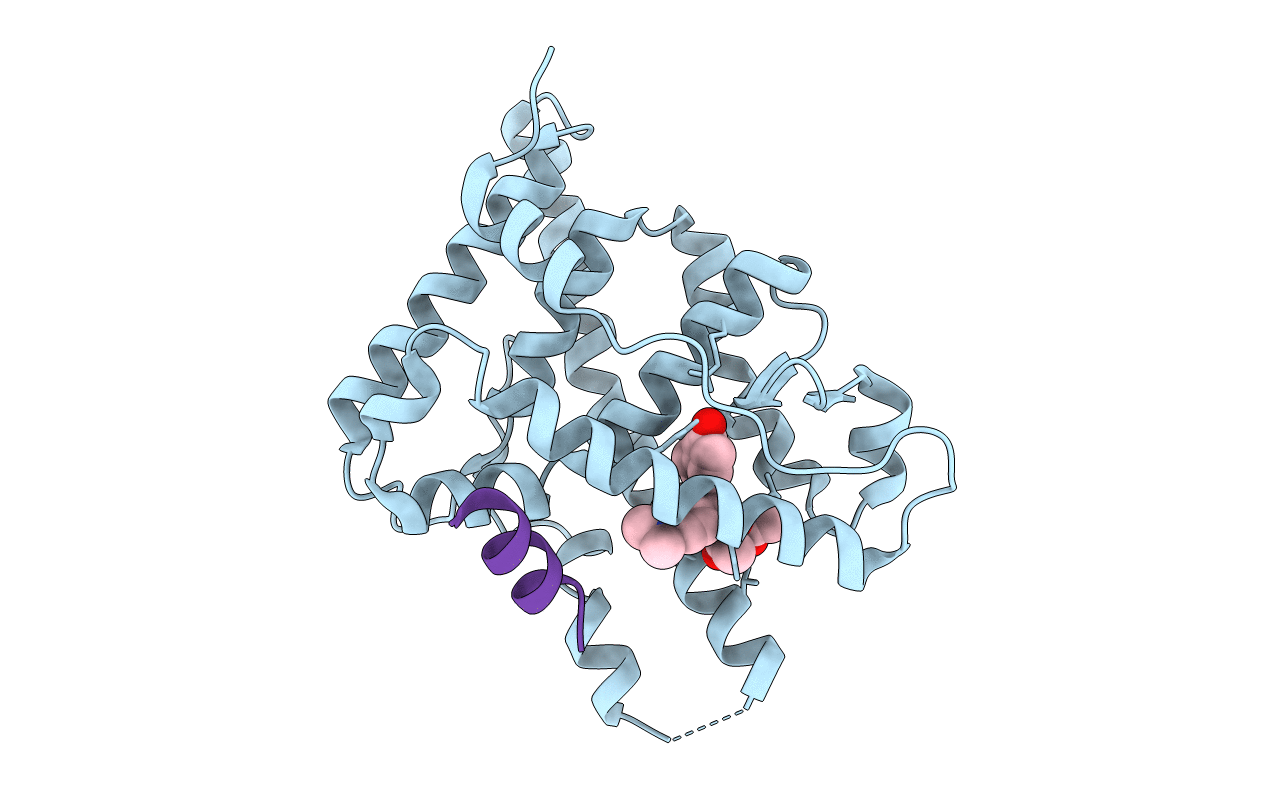
Deposition Date
2014-01-06
Release Date
2014-10-08
Last Version Date
2023-09-20
Entry Detail
PDB ID:
4OAR
Keywords:
Title:
Progesterone receptor with bound ulipristal acetate and a peptide from the co-repressor SMRT
Biological Source:
Source Organism:
Homo sapiens (Taxon ID: 9606)
Host Organism:
Method Details:
Experimental Method:
Resolution:
2.41 Å
R-Value Free:
0.23
R-Value Work:
0.21
R-Value Observed:
0.21
Space Group:
P 32 2 1


